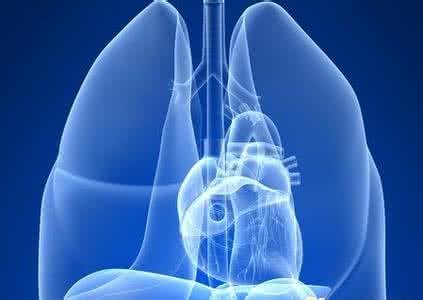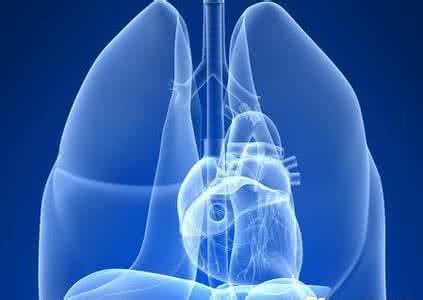What is pulmonary bulla caused by?
summary
Pulmonary bullae refer to the air sac containing cavity formed in the lung tissue due to the increase of pressure in the alveolar cavity and the rupture and fusion of the alveolar wall due to various reasons. Pulmonary bullae are congenital and acquired. What is pulmonary bulla caused by? Let's talk about it
What is pulmonary bulla caused by?
Pulmonary bullae are usually secondary to inflammatory lesions of small bronchus, such as pneumonia, tuberculosis or emphysema. There are also some idiopathic pulmonary bullae with unclear etiology. Edema and stenosis appeared in the bronchioles after inflammatory lesions, and the lumen was partially blocked, resulting in valvular effect,

The air can enter the alveoli and is not easy to be discharged, resulting in the increase of pressure in the alveoli; At the same time, the lung tissue was damaged by inflammation, the alveolar wall and septum were gradually ruptured due to the increase of intra alveolar pressure, and the alveoli fused with each other to form a large gasbag containing cavity.

Pulmonary bullae are single or multiple. Secondary to pneumonia or tuberculosis is often single; Secondary to emphysema is often multiple, and bullae often with emphysema like changes in lung tissue boundary is not clear. Emphysema with obvious bullae is also called bullous emphysema.

matters needing attention
Although there are no special dietary requirements, we should increase nutrition, eat more high-quality protein, eat more food rich in vitamins, eat less stimulating food and drinks, avoid smoking and alcohol, and avoid infection. Patients and their families are often worried about the cost, the effect of surgery, and even fear of surgery. Therefore, careful psychological nursing during the perioperative period can relieve patients' tension and reduce stress reaction.












